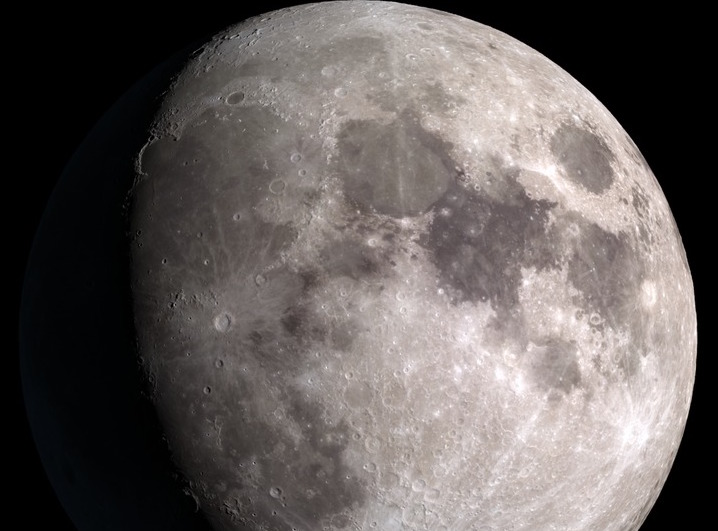NASA Pivots toward the Moon
By Tom Risen|March 27, 2018
In Trump plan, construction of lunar lander becomes priority over Deep Space Transport intended for Mars
NASA on Monday outlined how it is adapting its human spaceflight timeline to meet the Trump administration’s directive to return astronauts to the lunar surface as its top priority.
The occasion was a meeting of the NASA Advisory Council’s Human Exploration and Operations committee, a group of aerospace executives, former astronauts and current and former government officials.
NASA’s Bill Gerstenmaier, associate administrator for human exploration and operations, said during a presentation to the committee that NASA aims to build a space station called the Lunar Orbital Platform-Gateway between the gravity of Earth and the moon by 2025. This station, formerly called the Deep Space Gateway, would support human missions to the lunar surface in a lander that NASA is in the early stages of planning with companies.
After the meeting, Gerstenamaier told me that construction of this lander will require postponing the assembly of a Deep Space Transport spaceship for travel to Mars. NASA originally planned to assemble the Deep Space Transport in cislunar orbit by 2029 to meet a challenge from the Obama administration to place a crew in Mars obit by the 2030s. President Donald Trump signed a directive in December prioritizing the return of Americans to the surface of the moon in a departure from the Obama-era focus on Mars.
Gerstenmaier said that if NASA’s Space Launch System rockets are completed on schedule, they will launch elements of the Gateway during several trips to cislunar orbit, the term for the region between Earth and the moon, to meet the 2025 assembly timeline. Orion crew capsules launched by SLS rockets would dock with this cislunar station, and astronauts would visit for up to 42 days, Gerstenmaier told the committee. The station could serve as a “staging area” for missions to the lunar surface; as “a waypoint” for astronauts on their back to Earth from the moon; and as a drop-off point for lunar or Mars samples collected by robotic probes.
NASA wants a commercially built lander and is taking a closer look at its options. The agency published a request for information on March 16, saying the agency will seek proposals “in mid-2018” to fund “commercial lunar landing opportunities.” Gerstenmaier said NASA wants a “mid-size” unmanned lunar lander that could be demonstrated by 2024 for lunar resource prospecting and carrying scientific instruments. That “mid-size” lander would have to carry 500 to 1,000 kilograms of payload, and a larger lander built for humans would have to be able to carry 6,000 kilograms.
The Space Launch System engine tests are complete and other components of the rocket are being completed, tested and shipped to Florida, where NASA aims to launch the rocket on its first test flight in December 2019. This unmanned test flight called Exploration Mission 1 will be “purposefully a very stressful flight” to test the endurance and stability of the SLS during a three-week round-trip mission that would include orbiting the moon for several days, Gerstenmaier said.
NASA will prioritize missions to the lunar surface, but the agency will still prepare to send humans to Mars. Astronauts coordinating moon missions from the Gateway can still meet NASA’s overall goal of “moving human presence in the solar system,” Gerstenmaier said, because the lunar space station can be “a proving ground” to practice techniques and test innovations for humans to travel long trips in deep space.





